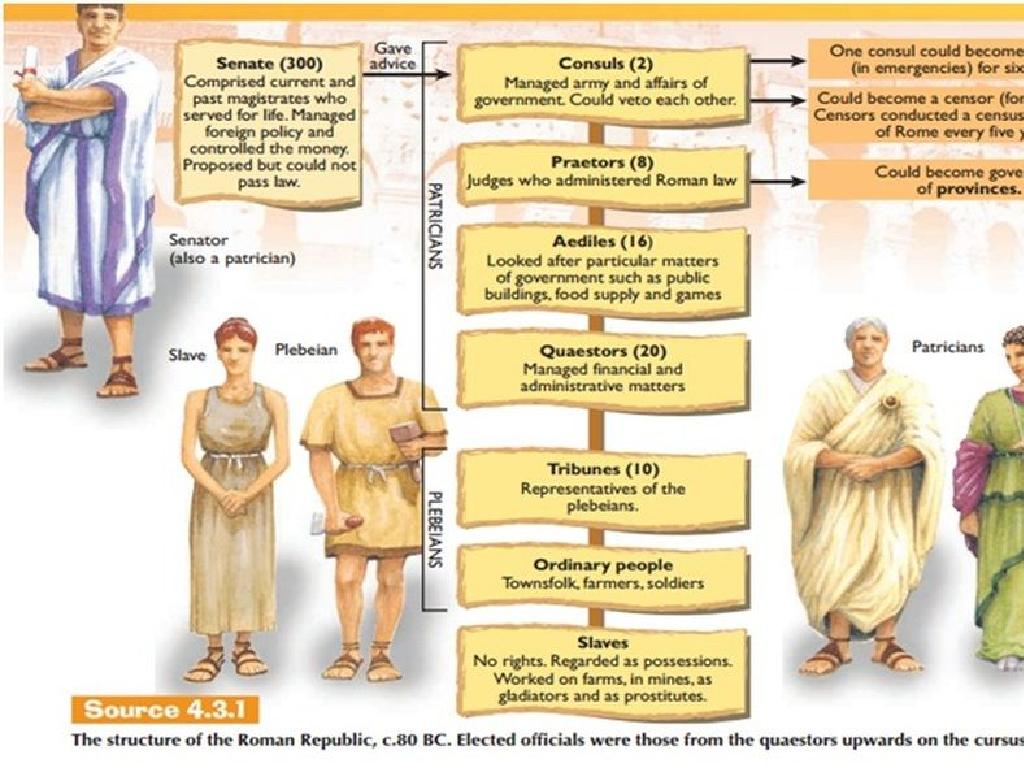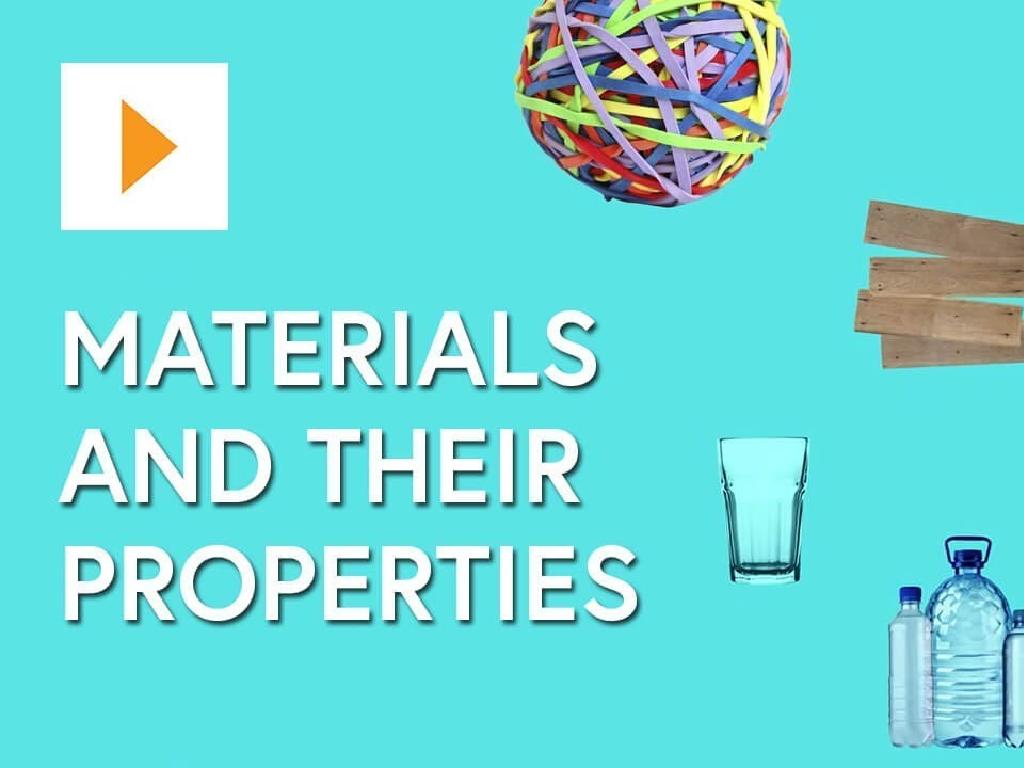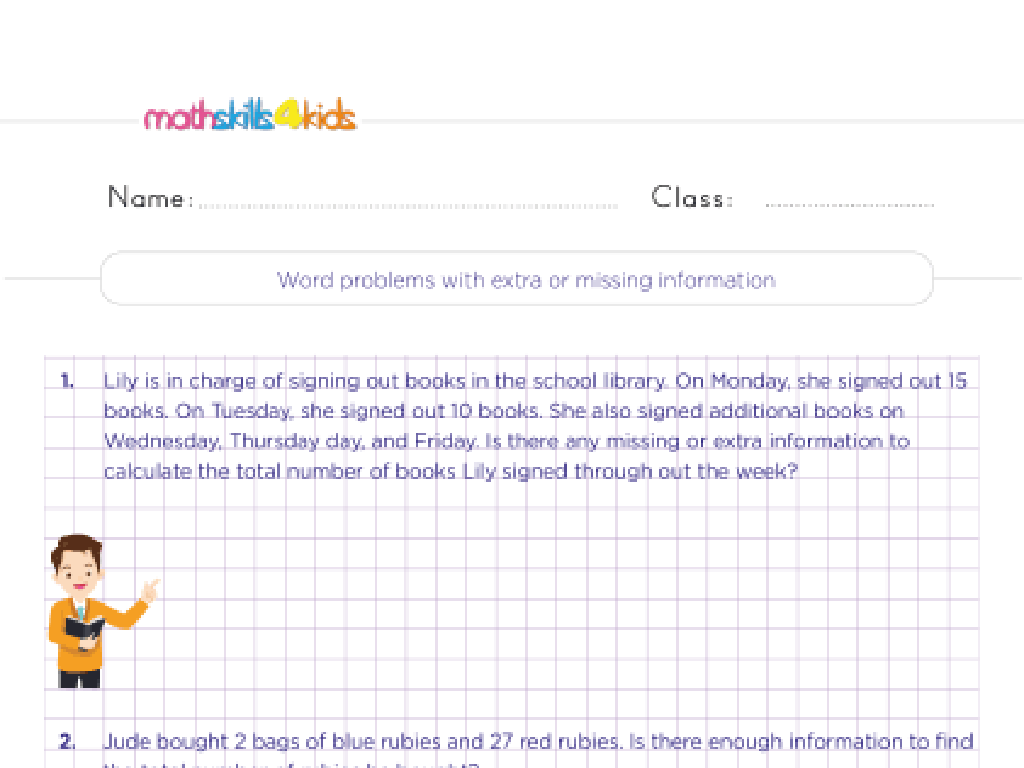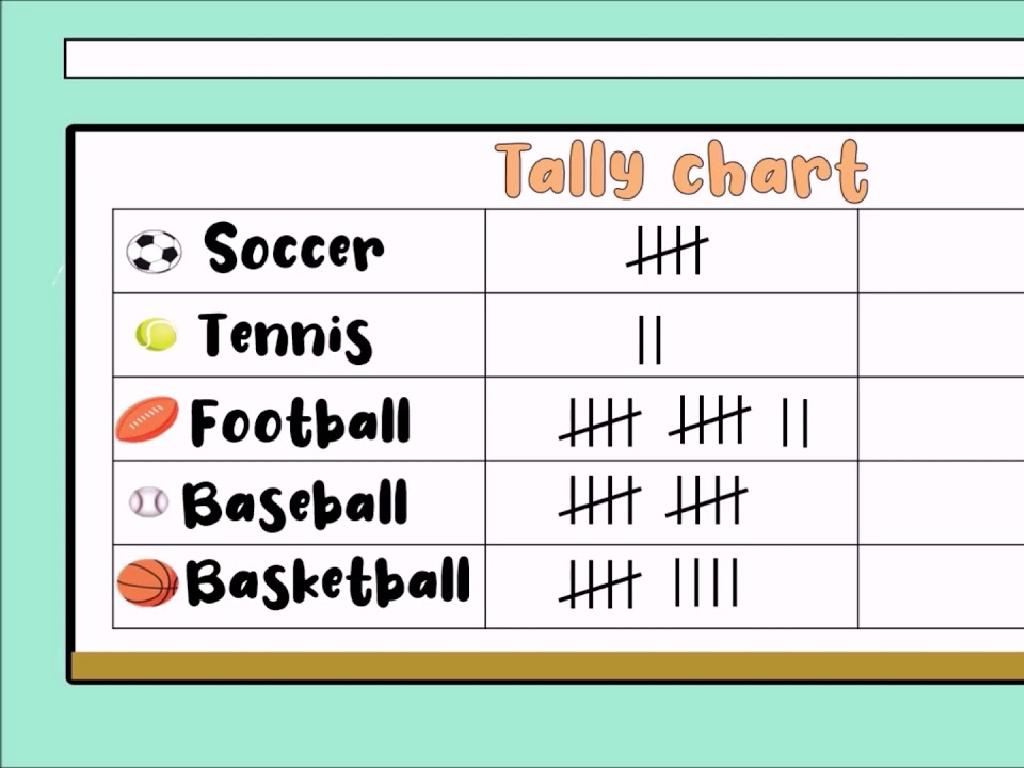Write Subtraction Sentences For Word Problems With Pictures - Up To 10
Subject: Math
Grade: Kindergarten
Topic: Subtraction Word Problems Up To 10
Please LOG IN to download the presentation. Access is available to registered users only.
View More Content
Welcome to Subtraction!
– Subtraction means taking away
– It’s like sharing toys
– If you have 5 toys and give 2 to a friend, how many do you have left?
– Pictures make subtraction easy
– We’ll draw objects and cross out to subtract
– Practice with fun examples
– We might use apples or blocks in our pictures!
|
This slide introduces the concept of subtraction to Kindergarten students in a relatable and visual way. Start by explaining that subtraction is simply the process of taking away numbers from a group. Compare it to the familiar activity of sharing toys to make it more understandable. Use pictures as visual aids to help students see what happens when we subtract. For example, draw five apples and then cross two out to show what 5-2 looks like. Encourage the students to participate by thinking of their own examples of subtraction in everyday life. The goal is to make subtraction fun and interactive, using relatable scenarios and visual representations.
Understanding Subtraction
– Subtraction means taking away
– Like removing blocks from a pile
– Numbers get smaller when we subtract
– From 10 blocks, take 3 away, how many left?
– Example: 5 cookies – 2 cookies
– You had 5, you ate 2, how many do you have now?
– Subtraction in everyday life
|
This slide introduces the concept of subtraction to Kindergarten students using simple, relatable examples. Subtraction is explained as the process of taking away items from a group, which results in a smaller number of items remaining. Use everyday scenarios such as eating cookies or playing with blocks to illustrate this point. Encourage students to visualize the action of removing items and counting what is left. Reinforce the concept by asking interactive questions and using props or pictures to demonstrate subtraction in real-time. This will help students grasp the idea that subtraction is a part of daily life and not just a math activity.
Understanding Subtraction Words
– ‘Minus’ means subtraction
– ‘Take away’ to remove items
– ‘Less’ means fewer things
– Listen for these words in stories
– When we read, we’ll spot ‘minus’, ‘take away’, and ‘less’ to find subtraction problems.
|
This slide introduces the basic vocabulary associated with subtraction for kindergarten students. It’s important to emphasize the words ‘minus’, ‘take away’, and ‘less’ as key terms that indicate subtraction. Use simple, relatable scenarios to illustrate these terms, such as taking away blocks or cookies, to make the concept tangible for young learners. Encourage students to listen for these words during storytime or when solving word problems, as they signal the need to subtract. Reinforce the terms with visual aids and interactive activities where students physically remove items to solve subtraction problems.
Let’s Read a Story: Subtraction with Pictures
– Listen to a subtraction story
– Understand what we subtract
– Identify the items being taken away
– Draw pictures for the story
– Visualize subtraction using drawings
– Write subtraction sentences
– Use drawings to form sentences like ‘5 – 2 = 3’
|
This slide is designed to introduce Kindergarten students to subtraction word problems through storytelling. As you read the story, pause to ask questions about what is being taken away to ensure comprehension. Encourage the children to visualize the story by drawing pictures that represent the subtraction taking place. After the story, guide them to write subtraction sentences based on their drawings, reinforcing the concept that subtraction tells us how many are left after some are taken away. This activity combines listening, comprehension, and visualization to help young learners grasp the basics of subtraction in a fun and engaging way.
Crafting Subtraction Sentences
– Elements of a subtraction sentence
– A subtraction sentence includes numbers, a minus sign (-), and an equals sign (=).
– Example: 5 apples – 2 eaten = 3 left
– If you start with 5 apples and eat 2, you subtract: 5 – 2 = 3 apples remain.
– Create sentences from a story
– Use the story’s events to form your own subtraction problems.
|
This slide introduces the concept of writing subtraction sentences. Begin by explaining the components of a subtraction sentence: numbers, a minus sign, and an equals sign. Use a simple and relatable example, such as having a certain number of apples and eating some, to illustrate how to write a subtraction sentence. Encourage the students to listen to a story and then create their own subtraction sentences based on the events of the story. For example, if a character has a certain number of items and loses or gives away some, how many do they have left? This activity will help students understand subtraction in a narrative context and apply their math skills to real-life scenarios.
Practice Time: Picture Subtraction!
– Try practice problems now
– Use pictures to understand
– Pictures show items being removed
– Write subtraction sentences
– Example: 5 apples – 2 eaten = 3 apples left
– Match sentences to pictures
– Ensure the sentence reflects the action in the picture
|
This slide is an interactive activity for students to apply their understanding of subtraction using visual aids. Provide them with simple pictures that depict a certain number of items, with some being taken away. Encourage the students to count the total items, count how many are removed, and then write the corresponding subtraction sentence. For example, if there are 5 apples and 2 are taken away, the sentence would be 5 – 2 = 3. This visual approach helps solidify the concept of subtraction as ‘taking away’. Have several examples ready and ensure each student has a chance to practice with their own set of pictures. This activity can be done individually or in small groups to foster collaborative learning.
Let’s Play a Subtraction Game!
– Take turns subtracting objects
– Remove some objects and count
– If there are 5 apples and you take away 2, how many do you have left?
– Say the subtraction sentence
– For example, ‘5 apples minus 2 apples equals 3 apples’
– Understand subtraction with fun
|
This interactive game is designed to help Kindergarten students understand the concept of subtraction in a fun and engaging way. Set up a circle and give each student a turn to subtract objects from a group. They should physically remove a few objects and then count how many are left. Encourage them to articulate the subtraction sentence, such as ‘5 minus 2 equals 3’. This reinforces their understanding of subtraction as ‘taking away’. For students who grasp the concept quickly, offer more complex scenarios or increase the number of objects. For those who need more support, use visual aids and guide them through the process step by step.
Class Activity: Subtraction Stories with Toys
– Create subtraction stories using toys
– Partner up and take turns with stories
– Draw your subtraction story
– Use crayons or markers to illustrate
– Write the subtraction sentence
– Example: 5 toy cars – 2 toy cars = 3 toy cars left
|
This interactive activity is designed to help Kindergarten students understand subtraction in a fun and tangible way. By using toys, students can visualize the subtraction process, which aids in comprehension. Teachers should pair up students and provide a variety of toys to work with. Encourage creativity in their story-making and ensure they understand the concept of ‘taking away’ in subtraction. After storytelling, guide them to draw their story as a visual aid, then help them write the corresponding subtraction sentence. For example, if a student has 5 toy cars and takes 2 away, they should draw this and write ‘5 – 2 = 3’. This activity not only reinforces math skills but also fosters social interaction and storytelling abilities.
Review: Subtraction with Pictures and Stories
– Subtraction means taking away
– Like when we have 5 apples and eat 2, we have 3 left.
– Pictures and stories as tools
– Draw 5 apples, cross out 2, and count the remaining.
– Writing subtraction sentences
– For 5 apples minus 2, we write 5 – 2 = 3.
– Sharing our subtraction stories
– Tell the class how you solved the subtraction.
|
This slide is a recap of what students have learned about subtraction. Subtraction is explained as the concept of ‘taking away’ to find out ‘how many are left’. Visual aids like pictures are emphasized as effective tools for understanding subtraction, especially for young learners. Students are encouraged to write subtraction sentences, which helps them communicate their mathematical thinking. The slide also prepares students for sharing their subtraction stories, reinforcing their learning through peer interaction. Teachers should encourage students to use real-life examples and ensure they understand the connection between the physical act of ‘taking away’ and the abstract subtraction sentence.
Goodbye and Great Work!
– Amazing job learning subtraction!
– Practice writing subtraction sentences
– Try with toys or snacks to make it fun
– More subtraction fun next class!
– Keep up the great work at home!
|
This slide is meant to congratulate the students on their hard work during the lesson on subtraction. Encourage them to continue practicing at home by writing subtraction sentences, possibly using toys or snacks to create their own word problems. This will help reinforce their understanding and make learning enjoyable. In the next class, be prepared to introduce new and engaging methods to help them learn subtraction, ensuring that the learning process remains fun and effective. Remember to praise their efforts and progress to build their confidence in their math skills.






